Wire clamps, or cable clamps, are mechanical devices or chips that define the routes to place one or more cables along a wall or within the instrumentation, control, or other types of electrical enclosures. They provide the mechanical support required and keep the cables in a neat formula. They are used to bundle, clip, clamp, label, guide, and protect wires and cables; hence, they are crucial when installing and caring for cable systems.
Types of wire clamp
The four most known types of cable clamps are U-type, edge, parallel, and J-type. U-type cable clamps are also called right-angle clamps, and the support is attached directly to a steel beam via bolts that are threaded and fastened to a flat or curved top piece. They are used when the pipes in which the cables can be run need to be installed perpendicularly to the beam, and they are required for wire bundles over one inch in diameter because of the weight of the wires. Parallel clamp has two jaws; one holds the conduits in place, and the other thinner jaw attaches to the steel beam. They are best suited when the conduit runs parallel or along the length of the steel beams. Edge clamps attach conduits to the thin edge of steel beams using jaws to clamp down tightly to the conduit, and they are suited for perpendicular installations. Considering the weight the clamp can support when selecting an edge clamp per hundred units of distance is important. A J-hook clamp has a unique 'j' shape that hooks around the conduit. The conduit is mounted on the inside, and the threaded top of the clamp is attached to the steel with a nut and bolt; these are used for both parallel and perpendicular applications because the conduit is set directly on the beam.
Installing a wire clamp
Snap-in clamps snap into knockout holes and have spring-loaded tabs that hold or grip around the cables entering through them. Screw-in clamps have one or two screws that tighten around the cables or wires entering through them. Lock-nut and bushing clamps are two-piece devices that usually consist of a lock-nut that screws onto threads on an opening in a metal box and a bushing that fits over the lock-nut and has openings for cables entering through it. Squeeze clamps fit around knockout holes and have two halves that squeeze together around the cables or wires entering through them.
To install wire clamp: 1. Turn off the power to the circuit at the main panel and confirm it is off using a voltage tester. 2. Remove an appropriate knockout hole from the box using a screwdriver or pliers. 3. Insert one end of each cable through an opening in the clamp so there is at least a quarter inch of sheathing inside the box. 4. Attach the clamp to the box according to the instructions, making sure it is tight enough to provide mechanical support to the cables.
Benefits of wire clamp
A cable clamp protects the cable from cuts, abrasions, or nicks that can expose the conductors and lead to a danger of fire or shock. It prevents accidental disconnection of the cable from the box, which can expose live wires or damage other circuit components. Also, it prevents strain on the cable and the connections since it is held firmly, which could cause overheating, arcing, or short circuits on the loose wires. Wire clamps help maintain the proper grounding of conduit bodies and metal boxes by ensuring good contact between the cable armor and the box.






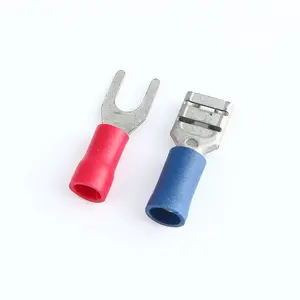

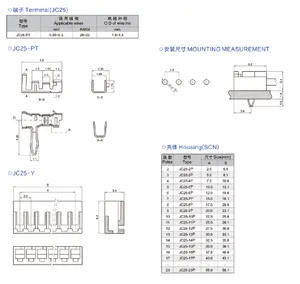

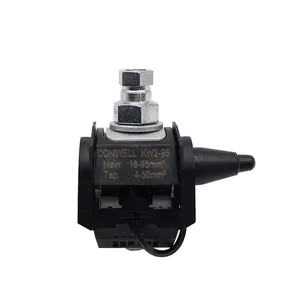

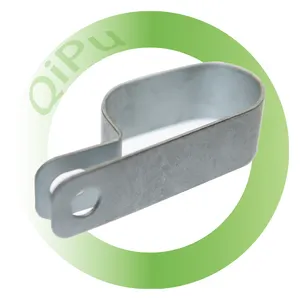
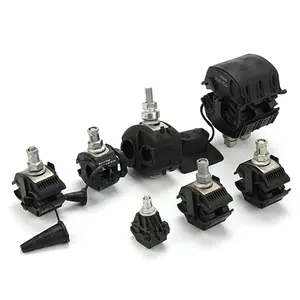

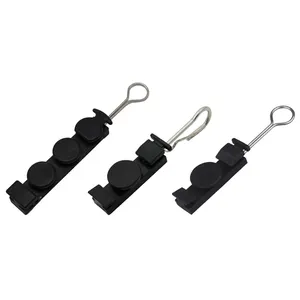

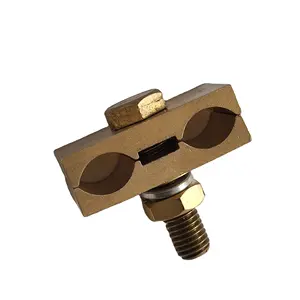











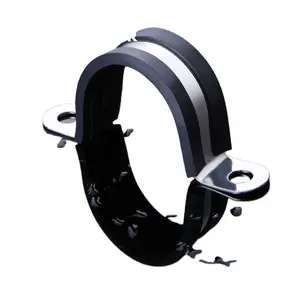



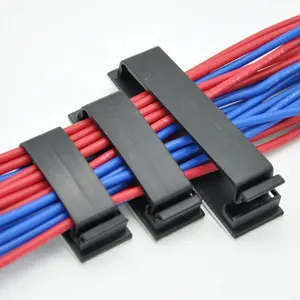



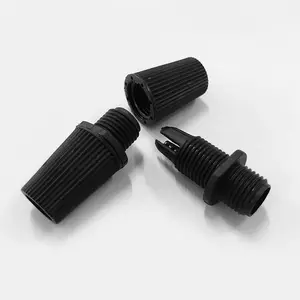






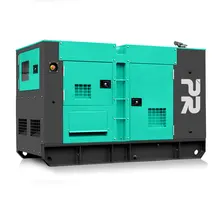



























 浙公网安备 33010002000092号
浙公网安备 33010002000092号 浙B2-20120091-4
浙B2-20120091-4